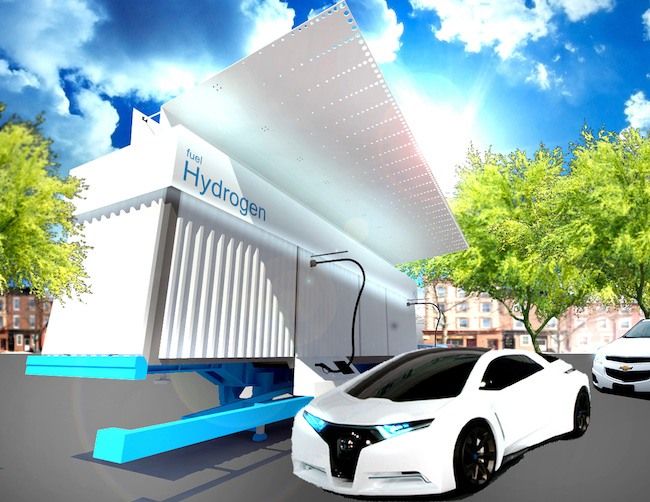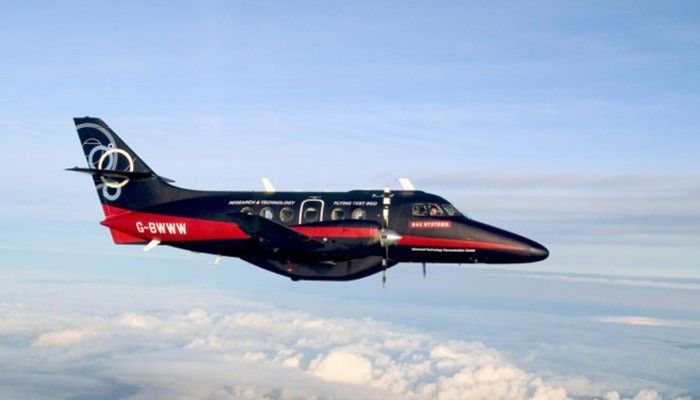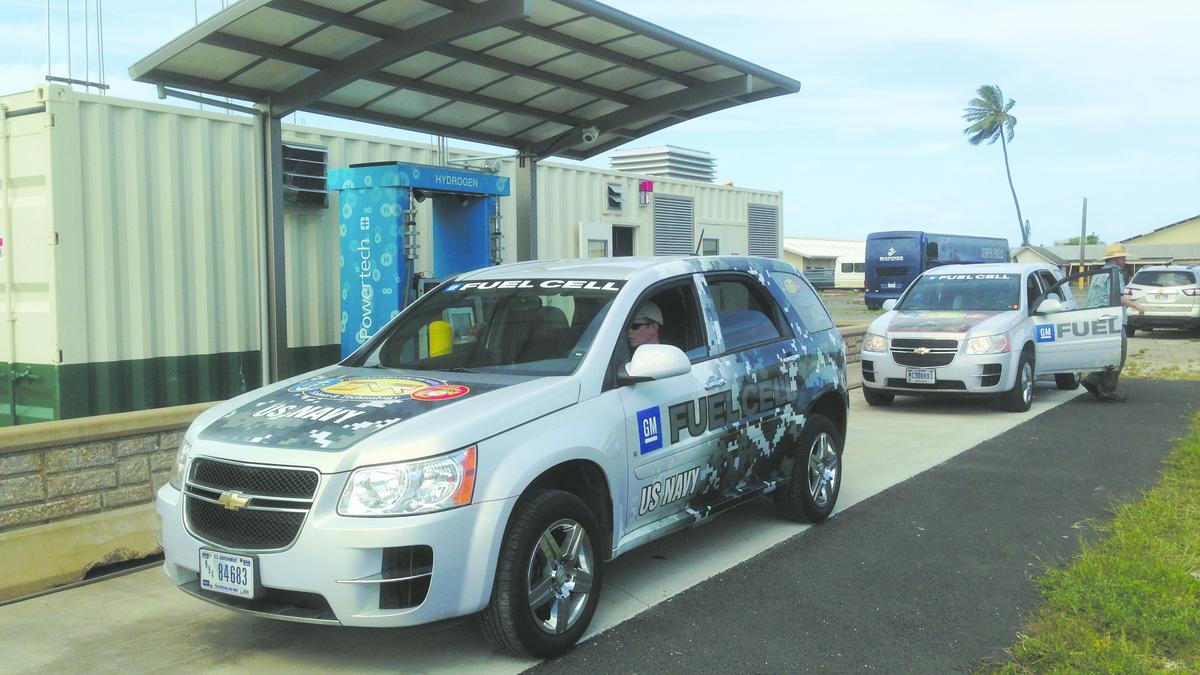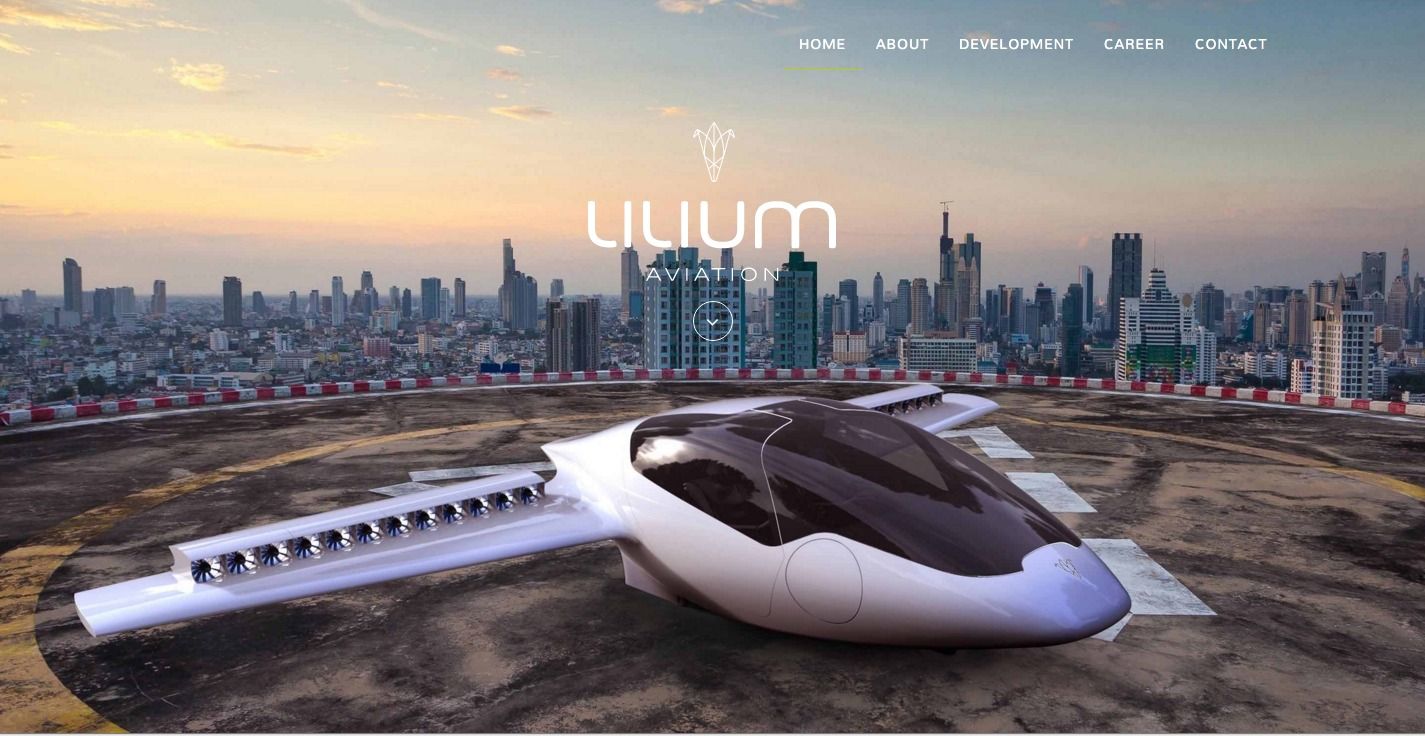Award-winning students from Washington State University are developing a low cost, innovative hydrogen fuel station for fuel cell electric vehicles.



In 3 years; can you imagine that?!
Not a week goes by without an update regarding headway made by one automobile manufacturer or another testing out their self-driving prototypes. Some have even started testing the vehicles on site, exciting all who want to embrace a future where self driving vehicles are a common site.
That future is not too far off, but imagine a future where airplanes fly without pilots.
In October Geo.tv reported about ALIAS a project funded by Defense Advanced Research Projects Agency (commonly known as DARPA); the ALIAS project run by Aurora Flight Sciences tested pilotless flying using a Cessna Caravan in Manassas, VA where instead of a pilot ALIAS a robot with tubes and pipes and claws flew the plane, with instructions being fed to it by a human pilot using a tablet PC.

Ukrainian scientist Vladislav Kiselev claims that he has developed a type of battery that can power gadgets like smartphones and even cars for up to 12 years, without having to be recharged.
Kiselev, a senior researcher at the Institute of Bioorganic Chemistry and Petrochemistry in Kiev, and professor at Ukraine’s National Academy of Sciences, unveiled his intriguing battery prototype during the 2016 edition of Sikorsky Challenge, a prestigious international competition for research projects. The matchbox-like device looks fairly unimpressive, but the Ukrainian scientist claims that it has been continuously powering electrical devices for a year and four months without a single recharge, and will continue to do so for the next 11 years. That’s because his “battery” produces energy instead of simply storing it.

The report highlighted key programs and policies in the state including the state Legislature authorizing $1.25 million in bonds to design the refueling infrastructure for the Department of Transportation airport shuttle bus project.
A fuel cell is an electrochemical device that uses hydrogen and oxygen from the air to produce electricity, with water and heat as its by-products. Hydrogen can come from fossil fuels such as natural gas or propane or renewable fuels including gas from an anaerobic digester or landfill. Hydrogen can also be produced by water electrolysis, which can be powered by electricity from renewables such as solar or wind or from nuclear energy and the grid.
Other top states for hydrogen and fuel cells include California, Connecticut and New York.

Planting a flag in Europe for the development of the kind of “deep technology” companies that have long been the bread and butter of Silicon Valley, the European venture firm Atomico has invested 10 million euros in the vertical take-off and landing plane developer, Lilium Aviation.
The roughly $10.7 million Series A investment announced at TechCrunch Disrupt London is meant to help Lilium develop into a manufacturer of a commuter alternative to helicopters and traditional planes.
Since the 1950s and 1960s, flying cars have ranked right up there with jetpacks as an example of the fulfillment of our expectations for future travel (I still think the Uber and Lyft app is pretty magical).

MNA– Head of Iran Nanotechnology Initiative Council and Iran’s envoy to Armenia met with Armenian Minister of Transport, Communication and IT in Yerevan.
Seyed Kazem Sadjadi, the Ambassador of the Islamic Republic of Iran to Yerevan and Professor Saeed Sarkar, Secretary-General of the Iran Nanotechnology Initiative Council (INIC) met with Vahan Martirosyan, the Minister of Transport, Communication and Information Technology of the Republic of Armenia on Wednesday in Yerevan.
The Armenian minister in the meeting welcomed the Iranian delegation for initiating cooperation and underlined that cooperation with Iran in areas of transportation and communication was of prime importance to Armenia. He voiced hope for expansion of bilateral cooperation in information technology.
Designs and manufactures electric components, drivetrains and vehicles including the Nikola One and Nikola Two electric semi-trucks.
George “Geohot” Hotz is driving forward with his push to bring self-driving cars to the masses, but he’s going about it a slightly unconventional way. His company Comma.ai is brushing past some previous regulatory issues and is trying another route — open-sourcing not only its self-driving technology, but also instructions for building your very own hardware device (“a robotics platform”) called Comma Neo. All of this information is available today through Comma.ai’s GitHub repositories.
Since the beginning, the company has had a goal of being the Android version of self-driving cars — it wants to empower “ghostriding for the masses.” Earlier this year, it was approached by state and federal regulators inquiring about a product Hotz claimed wasn’t even on sale yet. Fed up with the scrutiny, Comma.ai cancelled its first product, the Comma One, and pivoted its thinking to democratizing its knowledge. So it’s keeping with its promise, but has scrapped its $999 price point in favor of it being free. “If we really want to be the Android of self-driving cars, we can’t be charging $999, can we?” Hotz explained.

Now retrofitted for civilian use, the Community Chlorine Maker makes enough chlorine to treat water for a whole village. We just need to get it to them.